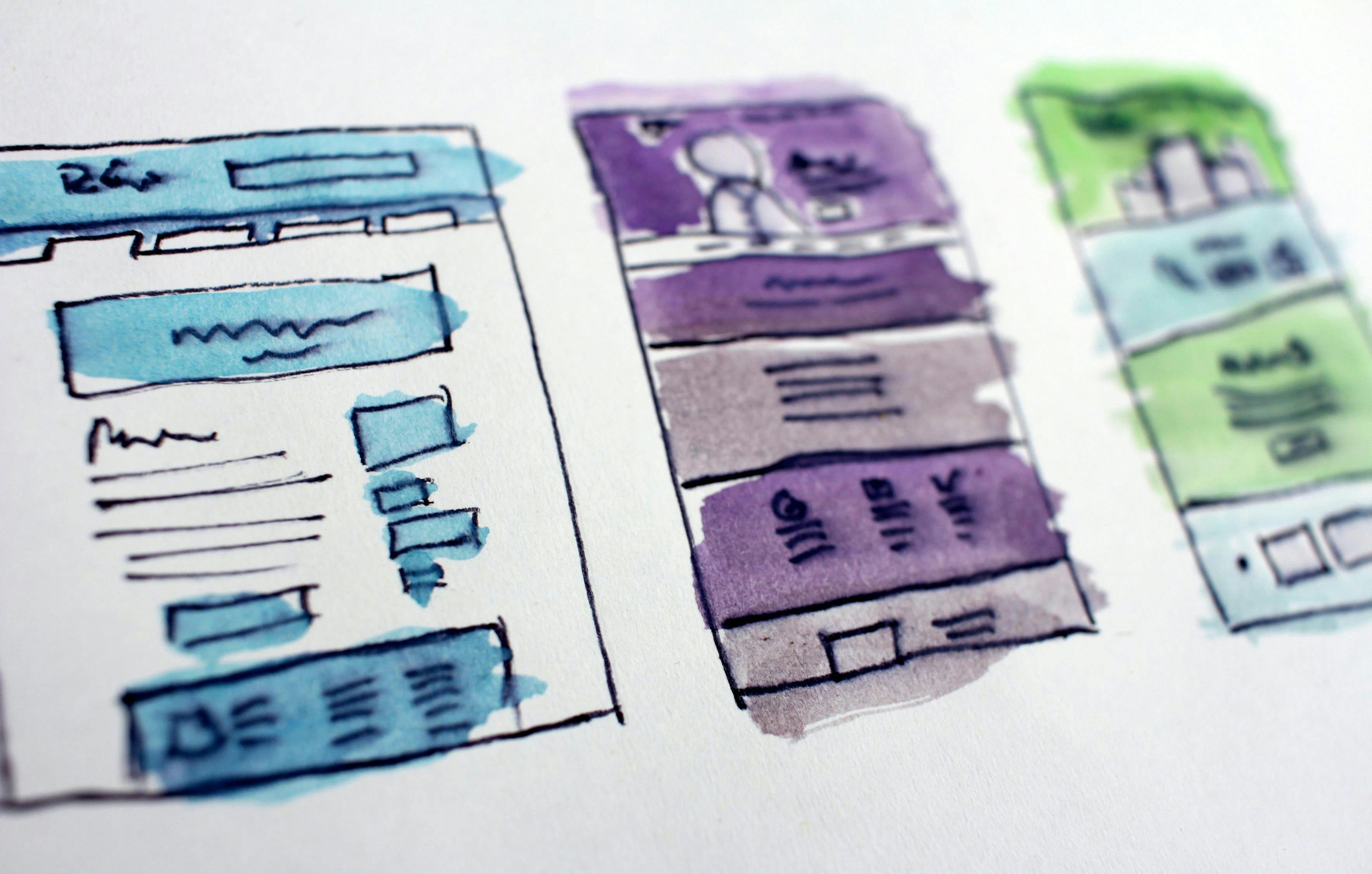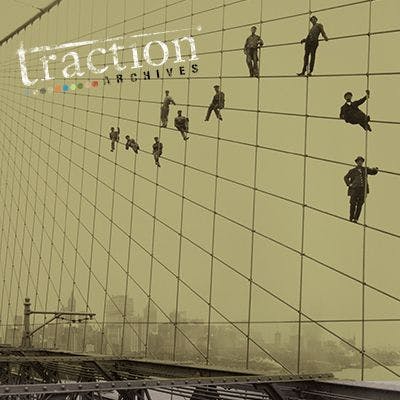3 Steps to Designing Brand Experiences

By Adam Kleinberg
Today, companies have a relentless focus on ROI that is turning brands into commodities. Measuring what we do is important, but more important is creating a brand experience for our customers. But, what is experience design? This presentation I gave to the Marketing Executives Networking Group on Designing Brand Experiences shows you.
The past decade and a half have seen two forces combine to forever change advertising and marketing. Digital empowerment—the ability to understand more and more about how our marketing is being engaged with (even as traditional mass media has largely evaporated) has combined with economic super-pressure to create a relentless focus on ROI.
We're all familiar with the John Wanamaker quote, "Half the money I spend on advertising is wasted; the trouble is I don't know which half." Of course, John died in 1922, so the industry has advanced at least a little bit.
A few years back, I saw Scott Bedbury, a former CMO at both Nike and Starbucks, speak at a conference and he gave that quote a bit of an update:
"Fifty percent of the things we should be doing for our brands are not predictably justifiable."
Advertising has the ability to influence, not only behavior, but all the things that lead up to it" perception, persuasion, motivation, desire.
What is brand experience? It's the sum of all those things that can be impacted in relation to a brand—attitude perceptions and behaviors. It's what we sell. How we sell it. How we communicate, engage, create interest, build value. And how we get people to buy.
Here are three steps to designing brand experiences.
1. Use currencies to create value
When we think of "currencies" our mind usually pictures the economic kind. This is, of course, a powerful motivator. It's the reason that such a vast sum of marketing dollars goes into promotion—discounts, coupons, loyalty programs. And why pricing strategy is such an important part of a CMOs job.
But those aren't the only currencies that can motivate a change in action, perception or attitude. Here are a few others:
The Pleasure Motive
People have an inherent need for enjoyment. They crave their dopamine. The entire science of gamification, which can be used to powerful effect in user experience design, is based on giving people a drip feed of pleasure.
The Moral Motive
This is need to do something good. People are more likely to purchase from brands that help them fill that need. People have strong bullshit detectors, so greenwashing backfires, but a simple promise to support something your audience cares about can make them more likely to trust, desire and buy your box of soap.
The Social Motive
This is the need for influence and recognition. People want to feel like they matter. Esteem sits right up next to the top of Maslow's hierarchy of needs. Recognizing who your customers are and honoring that makes a difference to your customers. As you design your brand's experience, look for opportunities to feed this drive for self-esteem, status, recognition and respect. It's a powerful lever in experience design.
The Tribal Motive
People inherently value the ability to support their communities. If you give them that power, you can drive action and build deep emotional connections with your brand. For example, we once did a program with Shutterfly where we empowered people to give away a great promotion on photo books to two people in their social networks. The tribal currency was powerful—people not only used the offer, they almost universally shared. The exclusive nature of the offer (sharing with just two people) added weight to the currency and made it even more valuable—that's just simple laws of supply and demand at work. The program was supposed to last three weeks. We hit our target in 36 hours.
2. Design for distributed consumption
Today's media habits have become increasingly fragmented, especially with the massive shift towards digital. As consumers, our attention is spread across social media, streaming TV and video, online news sources, audio apps, retail sites, and more. Our time spent consuming content has become more distributed across these platforms and devices.
Just consider the surge in digital streaming options and output. From the major services like Netflix, Hulu, and Amazon Prime Video to more niche offerings like Criterion Channel, consumers have a vast array of options for where to access film and TV. This forces content creators and providers to find new ways to distribute and market shows to reach potential audiences in this distributed landscape. It challenges the traditional models of singular distribution methods.
The same goes for brand experiences. Brands can no longer rely on reaching customers solely through traditional media channels or expect them to come to one branded hub or location. They must identify relevant digital platforms and physical spaces where consumers already spend time and find ways to creatively integrate the brand experience there.
For example, glossier initially launched as a digital-first brand with an engaging blog and social media presence that attracted and engaged potential customers in the spaces they were already frequenting online. They've since expanded to a robust ecommerce site and brick and mortar stores, but that one-to-many distributed digital reach helped drive brand awareness and eventual revenue growth across channels.
As consumer habits skew toward distributed content consumption, brands must adapt their experiences across both digital and physical touchpoints. Meeting diverse audiences where they already are is key to distributed brand success.
3. Get your ROA — Return On Awesome
One of the clearest examples of the power of "awesome" in brand experience is Red Bull's longstanding commitment to creating unique, shareable content and events for its brand community. Known for sponsoring extreme sports stars and competitions around the globe, Red Bull focuses on showcasing thrilling stunts, daring feats, and impressive skills.
From thrilling race car events and high-flying motocross shows to their space jump from the stratosphere project, Red Bull has continually upped the ante to align their community events with their promise of "giving you wings." These bold and exciting experiences spark intrigue and chatter across their audience.
And this community-building through shared awe-inspiring moments has delivered for their bottom line through increased brand affinity and sales. Since launching these experiential campaigns, they've built a brand valued at over $7 billion worldwide.
Red Bull offers a stellar example of return on awesome (ROA) in practice. By creating unique experiences that spark conversation and emotion in their community, they drive deeper consumer connections and new sales opportunities.
When brands develop innovative ways to wow and surprise their audiences, they reap loyalty in return. Delivering awesome pays dividends in sentiment, engagement and revenue growth for companies willing to push boundaries in branded experience. The ROA is clear for brands embracing the power of awe like Red Bull continues to demonstrate.
Check out the full presentation here: Designing brand experiences

I'm proud that Traction has been honored to work with some of the world's greatest brands and that publications have recognized us as one of the top agencies in the U.S.

You might not realize it, but Tai Chi is a martial art.

For the past five years, I have practiced tai chi with the disciple of a great master in Beijing. My teacher is very wise.
